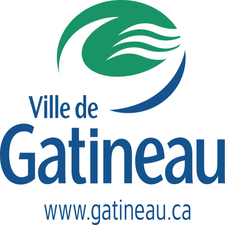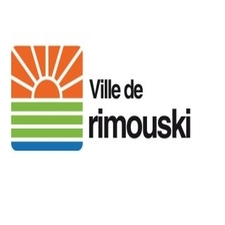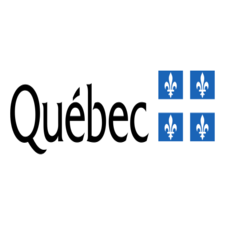HackQC18
Type of resources
Topics
Keywords
Contact for the resource
Provided by
Formats
Representation types
Update frequencies
status
-

Location of the annual collections of household hazardous waste in Repentigny.**This third party metadata element was translated using an automated translation tool (Amazon Translate).**
-

Different types of collections from the City of Repentigny**This third party metadata element was translated using an automated translation tool (Amazon Translate).**
-

Mass movement (embankment)**This third party metadata element was translated using an automated translation tool (Amazon Translate).**
-

Delimitation of development sectors in the City of Laval. The development sectors serve the various territorial management needs of the City of Laval.**This third party metadata element was translated using an automated translation tool (Amazon Translate).**
-

Inventory of the main buildings located on the territory of the City of Longueuil and its boundaries.**This third party metadata element was translated using an automated translation tool (Amazon Translate).**
-

Polygon layer of road elements such as roadways, sidewalks, and parking lots.**This third party metadata element was translated using an automated translation tool (Amazon Translate).**
-

Footprint of all buildings on the territory of the City of Repentigny.**This third party metadata element was translated using an automated translation tool (Amazon Translate).**
-

A floristic habitat is a protected area that contains at least one floristic species designated as threatened or vulnerable and that is identified in section 7 of the Regulation Respecting Threatened or Vulnerable Floristic Species and Their Habitats. To date, 58 floristic habitats have been created. They are mainly located on land under the domain of the State and a few are on private land. As stated in section 17 of the Act Respecting Threatened or Vulnerable Species, any activities likely to modify the biophysical characteristics specific to these habitats are prohibited. Following the 13 September 2013 update of the Register of Protected Areas, plant habitats encumbered in whole or in part by mineral, gas or oil rights were removed from the Register in order to comply with the International Union for the Conservation of Nature (IUCN) criteria for protected areas. As a result, only 29 floristic habitats remain on the Register and can be consulted in the protected areas layer. To visualize all floristic habitats, including the 29 habitats that are not included in the Register of Protected Areas, you must consult the Floristic Habitats layer. **This third party metadata element was translated using an automated translation tool (Amazon Translate).**
-

List and location of interpretive panels relating to the environment installed on the territory of Laval**This third party metadata element was translated using an automated translation tool (Amazon Translate).**
-

Location and identification of the 40 integrated water management zones by watershed in southern Quebec.**This third party metadata element was translated using an automated translation tool (Amazon Translate).**
 Arctic SDI catalogue
Arctic SDI catalogue